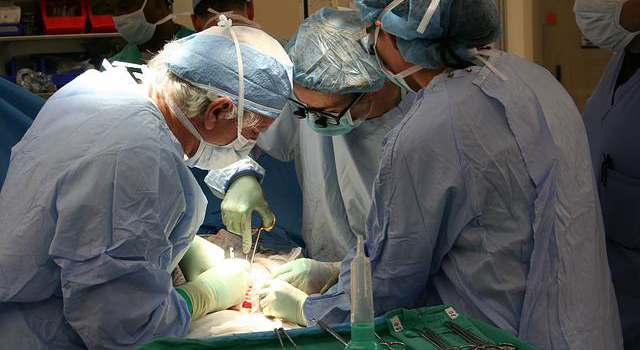
The immune system protects us from infectious disease by first identifying and then destroying foreign microbes. In order to identify these microbes, the immune system is “trained” to discriminate between “self” and “non-self”. Proteins, referred to as Human Leukocyte Antigens (HLA), are expressed by most cells in the body. These HLA proteins, which are encoded by the very polymorphic HLA gene complex, provide the “self” fingerprint and direct the immune system to ignore cells with displaying the correct HLA fingerprint. This process of self/non-self recognition allows the immune system to focus on removing bacteria and viruses (which don’t express HLA molecules) while simultaneously preventing the immune system from targeting cells in the body.
However, the process of transplantation, which requires moving cells, tissues or organs from one individual to another, can trigger an immune response in the host against transplanted tissues that don’t express the correct HLA fingerprint. Successful transplantation requires testing the donor and host for immune compatibility (referred to as tissue and blood typing) prior to transplantation to find donors and hosts with the most similar HLA fingerprints. However, with the exception of identical twins, the HLA fingerprints will always differ between donors and hosts and the immune system of the host will eventually respond to the tissue or cells expressing the wrong HLA molecules.
Therefore, transplant patients typically take drugs that suppress the immune system and reduce the likelihood that the host’s immune system will destroy the transplanted tissue. Unfortunately, the long-term use of immunosuppressive drugs reduces overall immune function and renders recipients very susceptible to infection.
In order to improve transplant outcomes, transplant immunologists study the fundamental process by which the immune system is trained to recognize and “tolerate” self, with the long-term goal of being able to instruct or retrain the immune system to tolerate a new transplanted organ. In addition, transplant researchers at UAB are focusing xenotransplantation, which refers to the transfer of cells, tissues or whole organs from one species to another (e.g. transplantation of a pig kidney into a human patient).
In late 2021, UAB performed the first clinical-grade transplant of pig kidneys into a brain-dead human. The transplanted kidneys filtered blood, produced urine, and were not immediately rejected within the 77-hour study post-transplant. While this represents an exciting milestone in transplantation and has the potential to increase the availability of organs that can be used for transplantation, there is much left to be done to bridge the gap in knowledge, safety and feasibility and increase our understanding of the immune response to potential life-saving transplantation from both same and other species.
Learn more about transplantation research at UAB here.